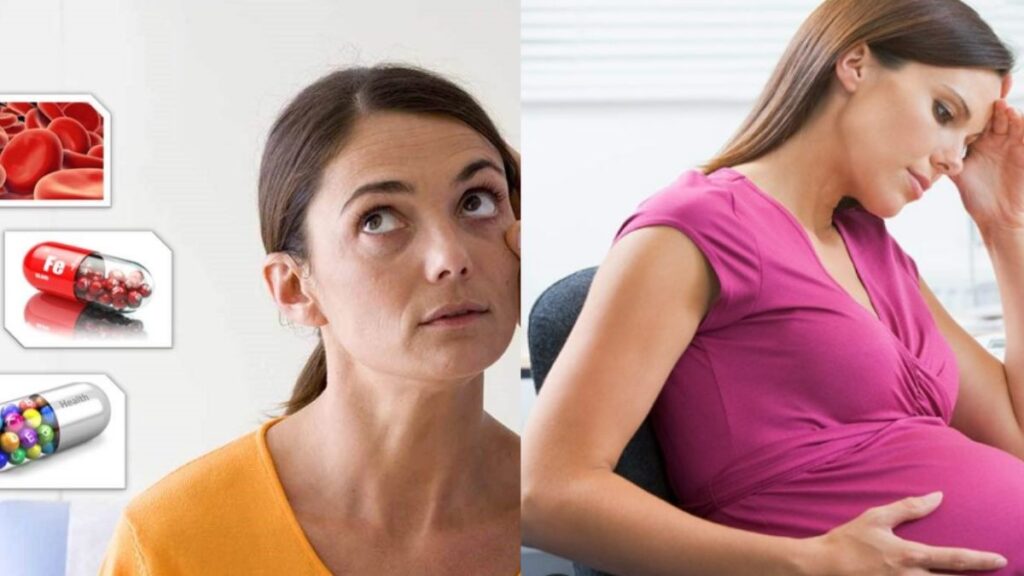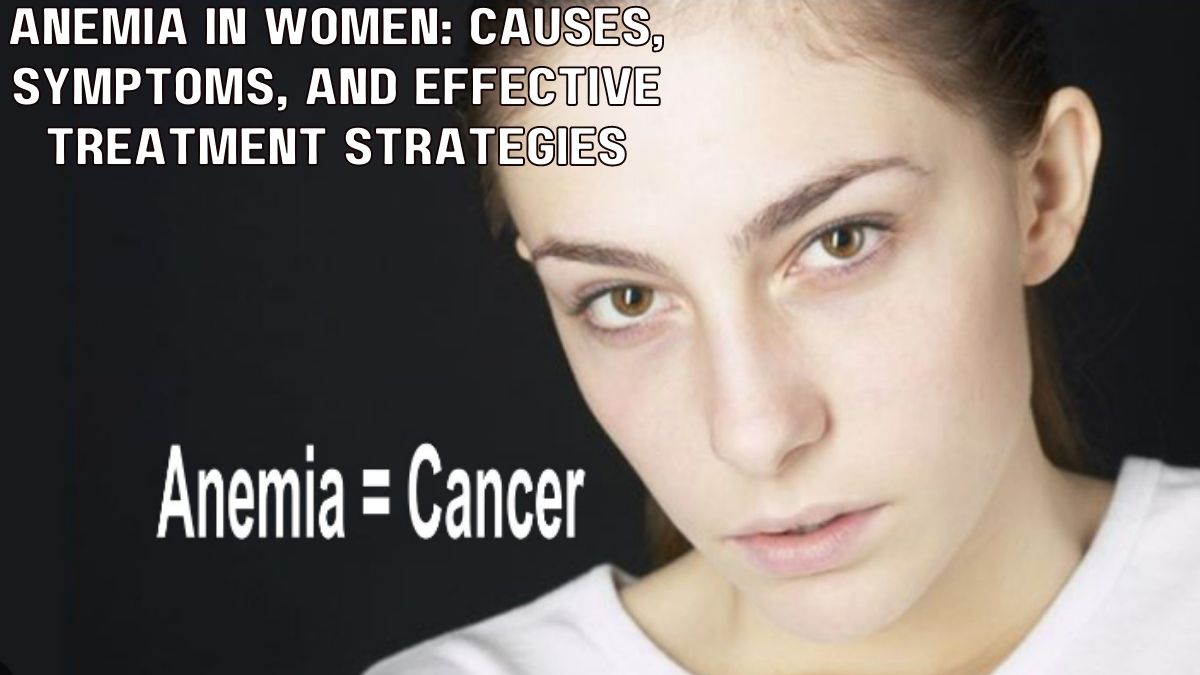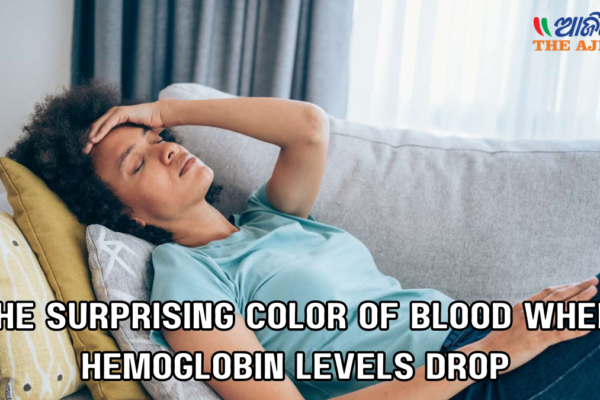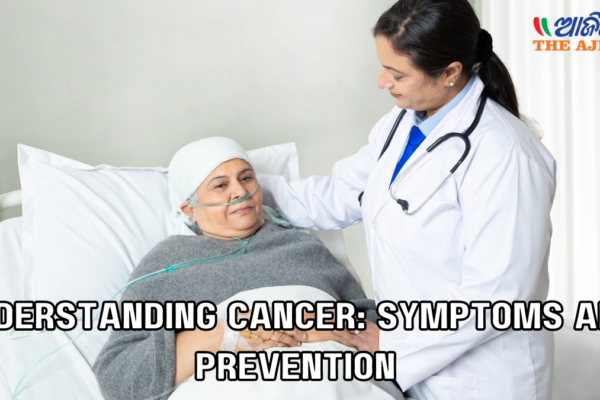Introduction:
Anemia is a common health concern that affects a significant number of women worldwide. It occurs when the body lacks enough healthy red blood cells to carry an adequate amount of oxygen to the tissues. Women, in particular, are at a higher risk of developing anemia due to factors such as menstruation, pregnancy, and certain dietary habits. In this blog post, we will explore the causes, symptoms, and effective treatment strategies for anemia in women, empowering them to take charge of their health.
1.Causes of Anemia in Women:
a. Iron Deficiency: Iron deficiency anemia is the most prevalent type of anemia in women. It can result from inadequate dietary iron intake, heavy menstrual bleeding, pregnancy, or other underlying conditions that affect iron absorption.
b. Vitamin Deficiencies: Deficiencies in vitamins like B12 and folate can lead to anemia. Women who follow restrictive diets, such as vegetarians or vegans, may be more susceptible to vitamin deficiencies.
c. Pregnancy-related Anemia: During pregnancy, the body requires increased iron for the growing fetus, and inadequate iron intake or absorption can lead to anemia.
d. Chronic Diseases: Certain chronic conditions such as kidney disease, autoimmune disorders, and gastrointestinal disorders can contribute to anemia in women.

2.Symptoms of Anemia in Women:
a. Fatigue and Weakness: Feeling constantly tired, weak, or lacking energy is a common symptom of anemia.
b. Pale Skin and Nail Beds: Anemia can cause paleness in the skin and nail beds due to decreased red blood cell production.
c. Shortness of Breath: Insufficient oxygen delivery to the body’s tissues can result in shortness of breath, even with minimal exertion.
d. Irregular Heartbeat: Anemia can lead to a rapid or irregular heartbeat, also known as palpitations.
e. Cold Hands and Feet: Poor circulation resulting from anemia can cause coldness in the extremities.
f. Headaches and Dizziness: Inadequate oxygen supply to the brain can manifest as frequent headaches or dizziness.

3.Effective Treatment Strategies:
a. Dietary Modifications: Consuming a well-balanced diet rich in iron, vitamin B12, and folate is crucial for managing anemia. Foods like lean meats, seafood, leafy green vegetables, legumes, fortified cereals, and citrus fruits can help increase iron and vitamin intake.
b. Iron Supplements: In cases of iron deficiency anemia, healthcare professionals may prescribe iron supplements to replenish iron levels.
c. Vitamin Supplements: For anemia caused by vitamin deficiencies, supplementation with B12 and folate may be recommended.
d. Blood Transfusions: In severe cases of anemia or when other treatments are ineffective, a blood transfusion may be necessary to increase the number of red blood cells.
e. Treating Underlying Conditions: If anemia is a result of an underlying chronic disease, proper management and treatment of the underlying condition are essential to address the anemia effectively.

Conclusion:
Anemia is a significant concern for women due to various factors like menstruation, pregnancy, and dietary choices. Recognizing the causes, understanding the symptoms, and implementing effective treatment strategies can help women manage anemia and improve their overall well-being. If you experience symptoms of anemia or suspect you may be at risk, consult with a healthcare professional for proper diagnosis and personalized treatment recommendations. By taking proactive steps, women can successfully address anemia and maintain optimal health.












